ORIGINAL RESEARCH
Published on 21 Jul 2017
Staphylococcus aureus Esx Factors Control Human Dendritic Cell Functions Conditioning Th1/Th17 Response
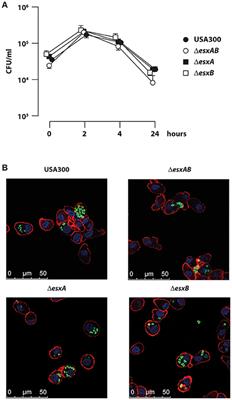
doi 10.3389/fcimb.2017.00330
- 5,335 views
- 24 citations
16k
Total downloads
113k
Total views and downloads
Select the journal/section where you want your idea to be submitted:
ORIGINAL RESEARCH
Published on 21 Jul 2017

REVIEW
Published on 05 May 2017

ORIGINAL RESEARCH
Published on 31 Mar 2017
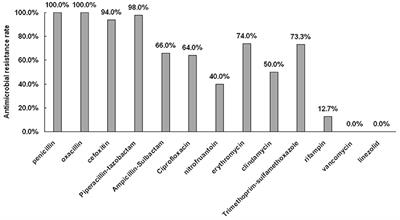
MINI REVIEW
Published on 21 Mar 2017
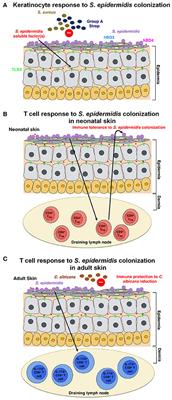
ORIGINAL RESEARCH
Published on 15 Mar 2017
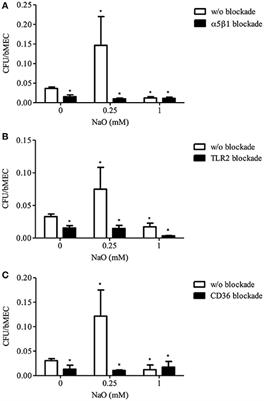
ORIGINAL RESEARCH
Published on 27 Dec 2016
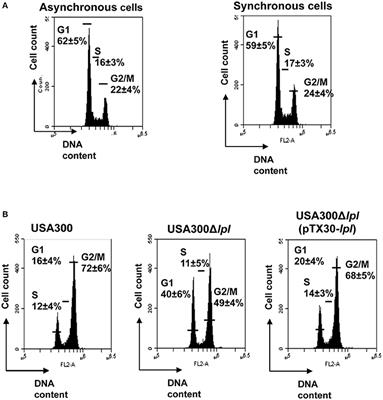
ORIGINAL RESEARCH
Published on 26 Dec 2016
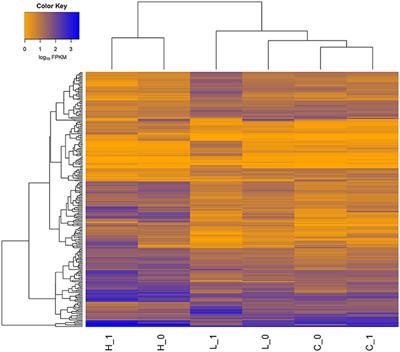
ORIGINAL RESEARCH
Published on 12 Dec 2016
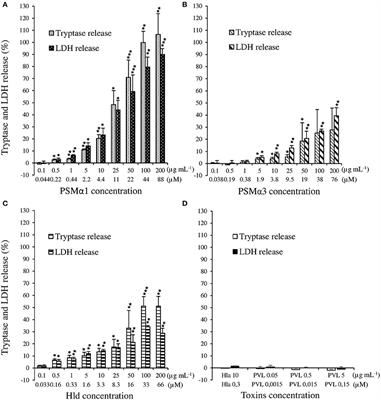
ORIGINAL RESEARCH
Published on 21 Sep 2016

